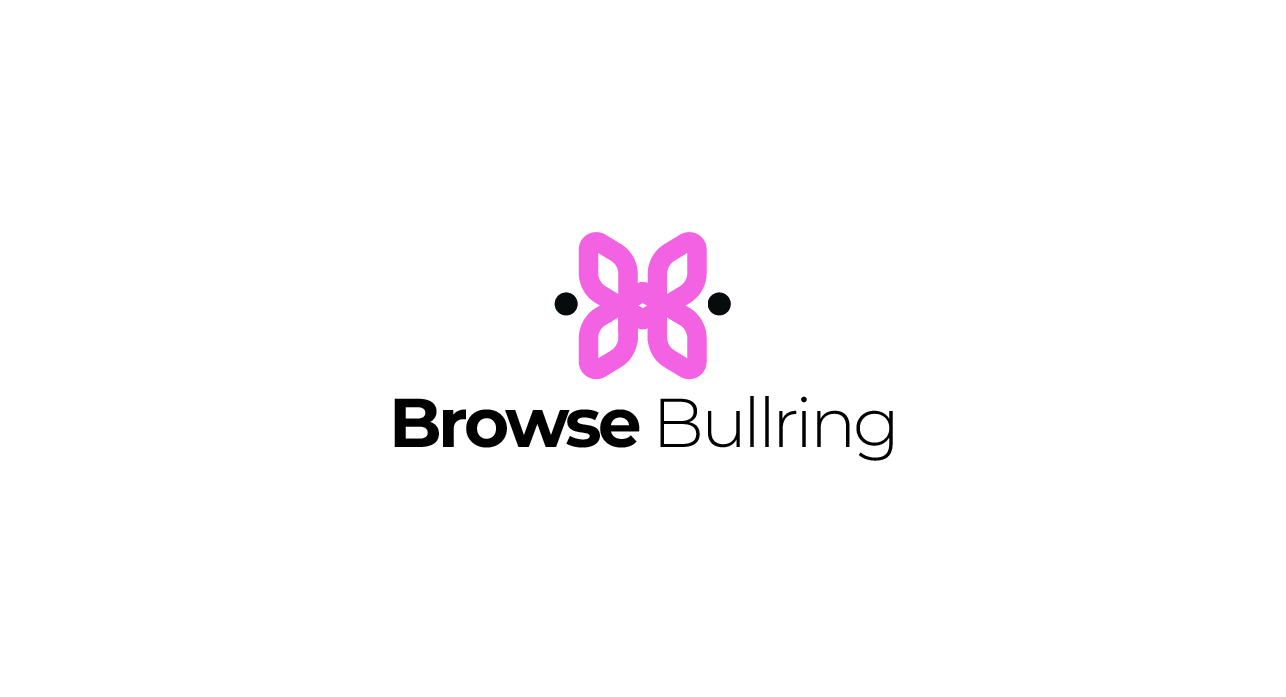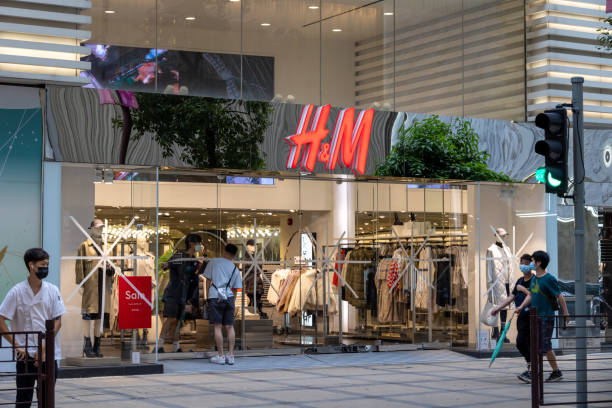How To Future-Proof Brand Sustainability Practices
Ciara Cates, from Patagonia, spoke recently with Ben Galphin in one of our digital show webinars. Ben Galphin is the chief innovator outsider at Outsider Innovation. He believes that reducing your impact is “the most important factor” in future-proofing any brand. This article discusses this as well as other important factors for future-proofing your branding.
Ciara Cates, from Patagonia, spoke recently with Ben Galphin in one of our digital show webinars. Ben Galphin is the chief innovator outsider at Outsider Innovation. He believes that “having an impact reduction is most important” for future-proofing a brand. This article discusses this as well as other important factors for future-proofing a brand.
Building your brand sustainability roadmap
What are the sustainability issues that your brand is most passionate about? Some brands are more interested in fair trade and investing in people. Others care about the impact of water and energy on their brand. Do not try to implement everything all at once. It will be difficult to manage. Start with the thing you are most passionate about, and make sure your team is on board. What strengths do you have in your supply chain, team and resources?
Find your “Hero” Product
Ciara suggests that you choose one item to “upgrade” in terms of sustainability. This will create a compelling marketing story about your brand. Make it as simple as you can for yourself at first. Focus on a simple item such as a tee-shirt, socks or a long-sleeved shirt before tackling a more complex garment like a winter jacket. Winter coats are complex and may not be suitable for a launch. Your ‘hero item’ should be able to produce decent volumes of sustainable fibres and you will be able to certify it easily.
Measurable Impact Reduction
It is important to demonstrate that your efforts in sustainability are making a difference. The highly respected Higg Index is a great place to start. The Higg Index provides a range of tools to help brands measure their social and environmental sustainability at any stage of their sustainability journey. The Higg Index, developed by SAC (Sustainable Apparel Coalition), is the leading standardised assessment of supply chain sustainability. The Higg Index will tell you which certifications you may have depending on the fiber you select. You should be skeptical if your supplier offers a certification that is not listed on the Higg Index.
It’s better to start with certifications that are widely accepted, since your supply chain will be more likely to have them available for your fibres. Check with your factory what audits/certifications they have gone through for other brands to help give you some idea if it matches with your requirements. Small brands will not have the buying power to get exactly what they need, so they might need to search for a factory offering it. If you’re flexible enough with your fibre requirements, you might be able piggyback on the massive supply chain of a large brand. You will be more efficient when you work with a fiber that has already been produced in large quantities. This could offer huge savings and a faster turnaround.
Factors of longevity and end-of-life
You can create a line organic cotton t-shirts that are naturally dyed. If the t-shirt is no longer usable after 10 washings, it’s not a sustainable product. It is therefore better to invest in materials of higher quality that will last longer.
Always consider the circularity when creating garments. Every year, 300,000 tons of unwanted clothing are thrown away, rather than recycled. This is inexcusable. Circular fashion is the idea that all aspects of a garment’s life cycle are cyclical. It starts with the design, its longevity, the sustainability of its materials, and then its production. Is it ethical and fair to minimize damage to the environment by using circular fashion? Can the item be recycled or repaired instead of being thrown away?
Ben says that while fabric blends can be appealing because they combine to offer more beneficial properties, we should also consider their end-of life factors. What will be the recycling process if there are multiple fibres in them, some which can be recycled and some which cannot?
Ask questions
Do not be afraid to contact larger brands and ask questions. When it comes to sustainability, the fashion industry is highly collaborative. In the current age of sharing, collaboration and connection have become important tools for new businesses in the fashion industry. By exposing each other’s networks, the cross-over marketing and resources of both parties can be mutually beneficial.




0 Comments